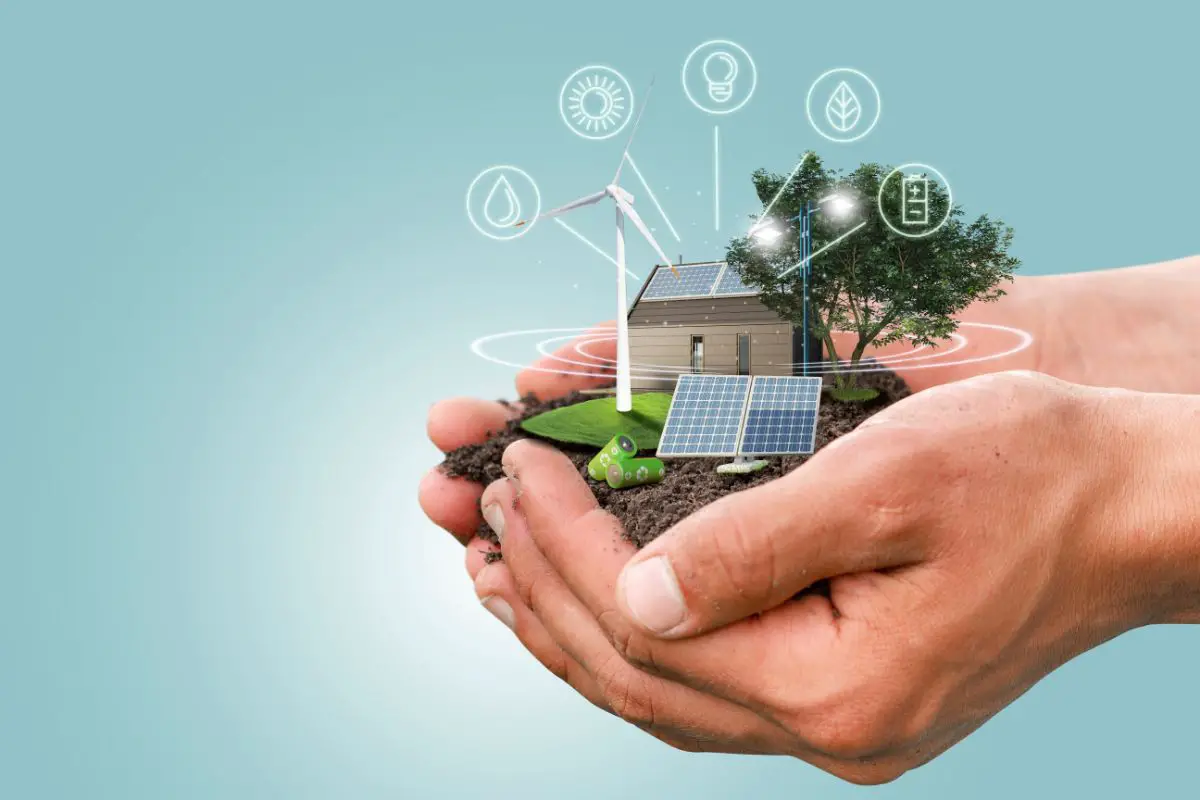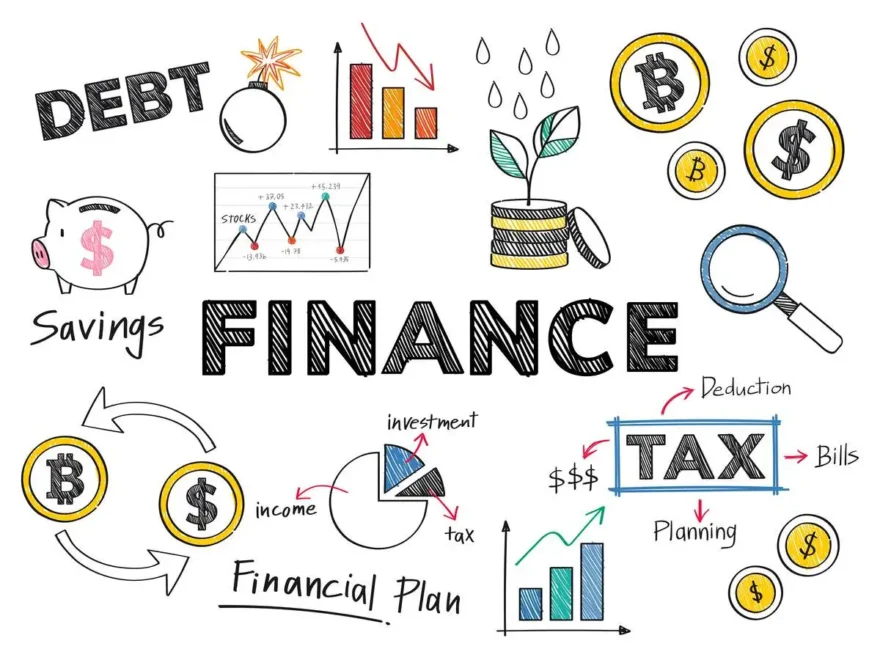
SARKARI RESULT
ALL LATEST CAREER NEWS 2024

SARKARI RESULT
ALL LATEST CAREER NEWS 2024
In today’s rapidly changing world, the need for sustainable and clean energy sources has become more pressing than ever before.
As traditional fossil fuels continue to deplete and contribute to climate change, the focus has shifted towards renewable energy as a viable and long-term solution.

The renewable energy sector has witnessed significant growth in recent years, and as we look towards the future, there are numerous pathways and opportunities for further expansion and development.
Renewable energy, derived from natural sources such as sunlight, wind, water, and geothermal heat, has gained traction due to its environmental benefits and potential for energy independence. The global shift towards renewable energy is driven by several factors, including the need to reduce greenhouse gas emissions, mitigate climate change, and create a more sustainable future.
Over the past decade, the cost of renewable energy technologies, such as solar and wind, has significantly decreased, making them more accessible and economically viable. This has led to a surge in installations and capacity additions worldwide. According to the International Renewable Energy Agency (IRENA), renewable energy accounted for over two-thirds of global net electricity capacity additions in 2019.
As the renewable energy sector continues to evolve, there are several pathways that can drive future growth and expansion:
Continued research and development in renewable energy technologies are essential for driving innovation and improving efficiency. Breakthroughs in energy storage, grid integration, and smart systems can enhance the reliability and scalability of renewable energy sources. Advancements in materials science and engineering can also lead to more efficient solar panels and wind turbines, making renewable energy more cost-effective.
Government policies and regulations play a crucial role in shaping the renewable energy landscape. Supportive policies, such as feed-in tariffs, tax incentives, and renewable portfolio standards, can stimulate investment and create a favorable market environment for renewable energy projects. Clear and consistent regulatory frameworks provide certainty for investors and encourage long-term planning and development.
Collaboration and knowledge sharing among countries can accelerate the deployment of renewable energy technologies and foster global energy transitions. International partnerships can facilitate technology transfer, capacity building, and joint research initiatives. Sharing best practices and experiences can help countries overcome common challenges and promote the adoption of renewable energy on a larger scale.
The shift towards decentralized energy systems, such as community solar projects and microgrids, can empower local communities and increase energy resilience. These systems allow for the generation, storage, and distribution of renewable energy at a local level, reducing transmission losses and enhancing energy security. Decentralization also enables greater participation and engagement of individuals and businesses in the renewable energy transition.
The renewable energy sector offers numerous growth opportunities across various sub-sectors:
Solar energy has experienced remarkable growth in recent years, driven by falling costs and technological advancements. The expansion of rooftop solar installations, utility-scale solar farms, and floating solar projects presents significant opportunities for further development. The integration of solar energy with storage technologies can enhance its reliability and enable round-the-clock energy supply.
Wind energy has become one of the most mature and widely deployed renewable energy sources. Onshore and offshore wind farms have the potential to generate large amounts of clean electricity. Advancements in wind turbine technology, such as larger rotor diameters and taller towers, have increased energy capture and improved efficiency. Continued investment in wind energy infrastructure can further drive growth in this sector.
Energy storage plays a critical role in enabling the integration of intermittent renewable energy sources into the grid. Advancements in battery technologies, such as lithium-ion batteries, are making energy storage more cost-effective and efficient. The deployment of large-scale energy storage systems, including pumped hydro storage and compressed air energy storage, can help balance supply and demand and ensure grid stability.
Bioenergy, derived from organic matter such as biomass and biofuels, offers a versatile and renewable energy source. The production of bioenergy can contribute to waste management, reduce greenhouse gas emissions, and promote rural development. The development of advanced biofuels and bioenergy conversion technologies can unlock new opportunities for sustainable energy production.
The future of renewable energy is promising, with numerous pathways and growth opportunities awaiting exploration. Technological advancements, supportive policies, international collaboration, and decentralized energy systems are key drivers for future growth. The solar, wind, energy storage, and bioenergy sectors offer significant potential for expansion and development. As we navigate the future, embracing renewable energy and its potential is crucial for a sustainable and resilient energy future.
As a content manager and article writer, the author excels in crafting engaging and informative content, showcasing expertise in curating, creating, and managing articles to captivate audiences effectively.

How to Align Your Career and Finances: A Complete Guide By Suraj SajdevaTeamSarkariResult Aligning your career and finances is crucial for long-term success and financial stability. When your career and finances are in sync, you can make informed decisions about your financial goals, plan for the future, and ultimately achieve financial freedom. In this guide, we…

In the ever-evolving landscape of artificial intelligence (AI), the development of lightweight desktop AI models has emerged as a significant trend. These models offer numerous advantages, including improved efficiency, user-friendliness, and accessibility. In this article, we will explore the key trends surrounding lightweight desktop AI models and their implications for various industries. 1. Streamlined AI…

Planning a Career in Social Media Influencing? Here’s a Detailed Guide to Making It Work By Rahul ShendeTeamSarkariResult Are you passionate about social media and love connecting with people online? If so, a career in social media influencing might be the perfect fit for you. With the rise of digital platforms and the increasing influence of…

Navigating the Layoff Season: 5 Tips for Freshers on the Job Hunt By Rahul ShendeTeamSarkariResult In today’s uncertain times, many companies are facing financial challenges and are forced to make difficult decisions, including laying off employees. As a result, the job market has become increasingly competitive, especially for freshers who are just starting their careers. Navigating…

Performance Review: Turning an Employee’s Enemy into an Advantage By Rahul ShendeTeamSarkariResult Performance reviews are often seen as a dreaded event for employees. Many associate them with criticism, stress, and the fear of negative feedback. However, it is essential to understand that performance reviews can be valuable opportunities for growth and development. When approached with the…

By Rahul ShendeTeamSarkariResult In today’s fast-paced and highly competitive business landscape, staying ahead of the competition is crucial for success. As more organizations embrace digital transformation and shift their operations to the cloud, the demand for cloud skills has skyrocketed. Leaders across industries are recognizing the need to equip their teams with the necessary expertise to…